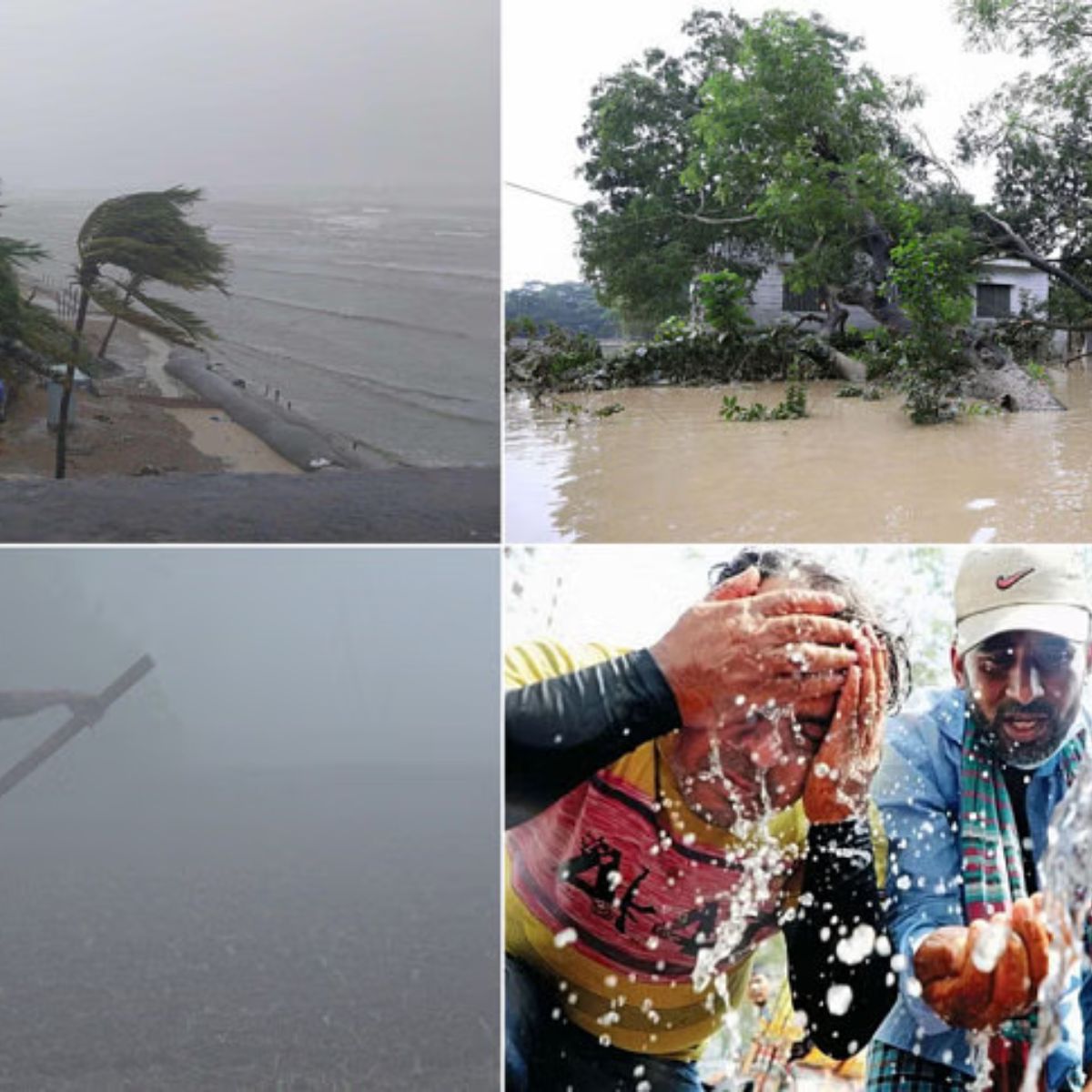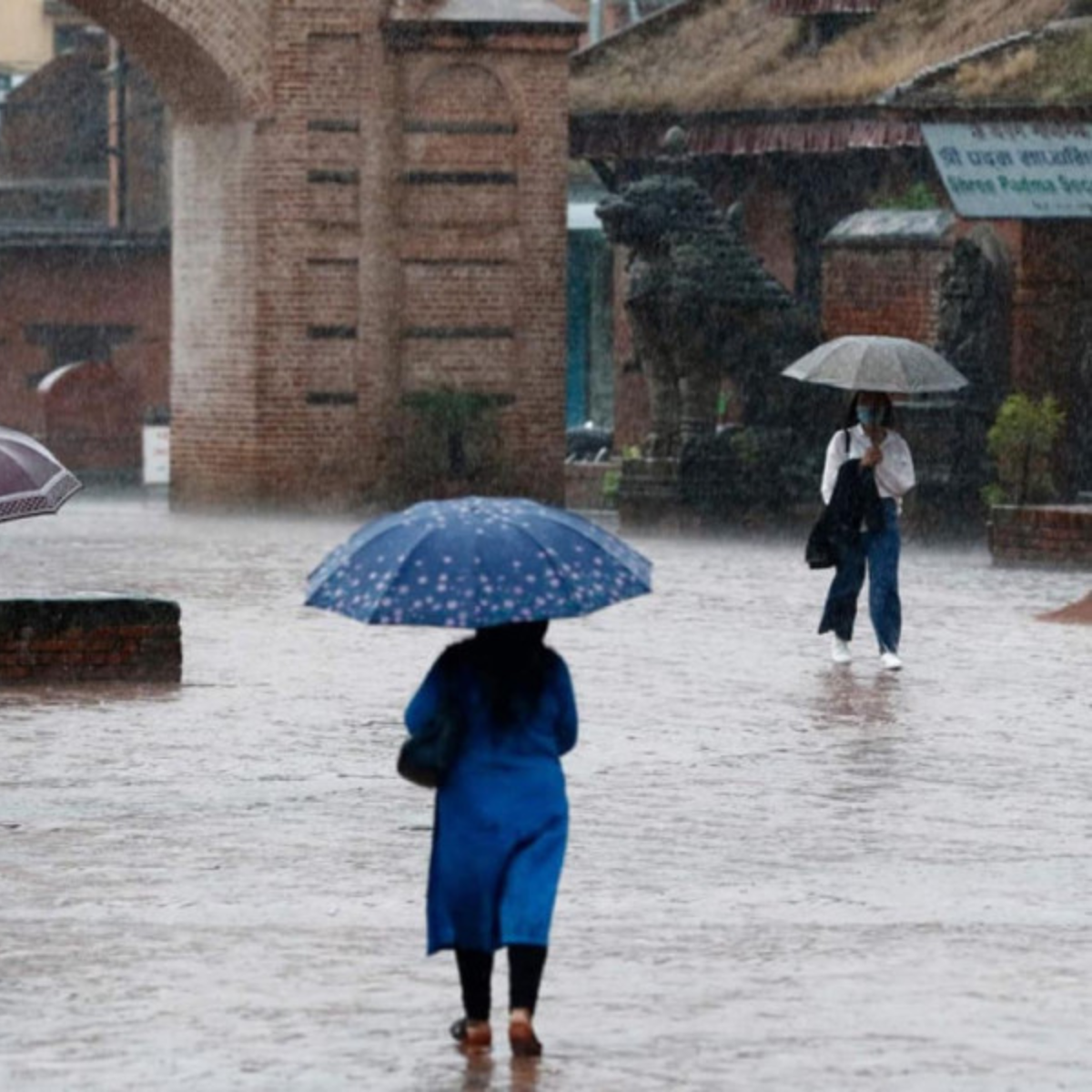Who is pledging climate finance at COP28, and how much?
Source: Reuters
Date: 7 Dec 2023
During the recent U.N. climate summit, the United Arab Emirates announced an impressive mobilization of over $83 billion in the first five days. A substantial portion of this sum, $30 billion, was pledged to a new fund for global climate-friendly projects, with $5 billion specifically earmarked for the Global South. Notable finance commitments include the World Bank’s goal to increase climate funding to 45% of its total lending, equating to an annual increase of $9 billion. The Asian Development Bank allocated $10 billion for climate investment in the Philippines, while the UAE pledged $270 billion in green finance. The summit also addressed loss and damage, with $726 million contributed for assistance to poorer nations dealing with climate change impacts. Pledges for the Green Climate Fund, renewable energy initiatives, technology investments, methane reduction, food security, nature conservation, health care, and disaster relief showcased a collective global effort to combat climate change.
Bangladesh caught up in extreme weather events
Source: The Daily Star
Date: 12 Dec 2023
Bangladesh faced climate-induced challenges throughout the year, marked by sudden winter temperature drops, persistent summer heatwaves for 62 days, deficient monsoon rainfall, and the onslaught of four cyclones—Mocha, Hamoon, Midhili, and Michaung. Dhaka recorded its highest temperature in 58 years at 40.6 degrees Celsius, while Ishwardi experienced a scorching 43 degrees Celsius, the country’s peak in 2023. Experts attribute these extremes to global warming, noting that erratic weather patterns pose a significant threat to Bangladesh, one of the most climate-affected nations. A once-in-200-year April heatwave in Southeast Asia, according to World Weather Attribution, exemplifies the unprecedented impacts exacerbated by human-induced climate change.
Met office forecasts above-average rainfall from December to February
Source: Kathmandu Post
Date: 13 Dec 2023
Nepal anticipates above-average rainfall this winter, from December to February, as forecasted by the Department of Hydrology and Meteorology. The climate section predicts a 55 to 65 percent chance of above-average rainfall in northeastern Sudurpaschim Province and northern Karnali Province. Eastern and southern Sudurpaschim, southern Karnali, Lumbini, Gandaki, and northwest Bagmati provinces have a 45 to 55 percent chance. Meanwhile, western Sudurpaschim, eastern Lumbini, central and southern Bagmati, and parts of Madhesh and Koshi provinces have a 35 to 45 percent chance. The forecast also outlines probabilities for above-average maximum and minimum temperatures, emphasizing the potential impact on agriculture and air pollution reduction.



